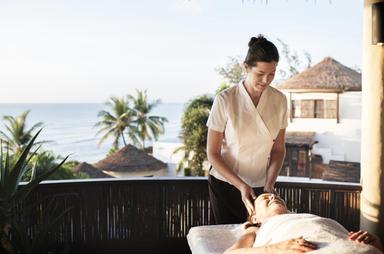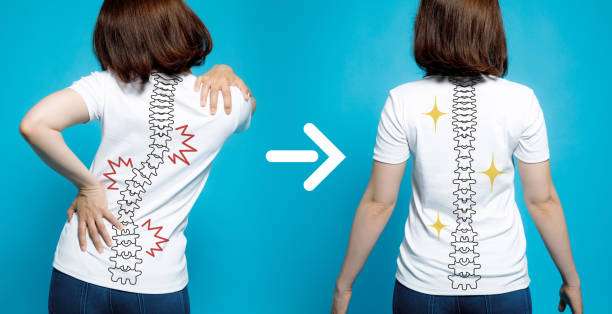
Scoliosis Treatment without Surgery – 4 Options That Really Work
21 Apr, 2024
 Healthtrip
HealthtripScoliosis, an abnormal curvature of the spine, is not age-restricted and may affect people at various ages, including young children, adolescents, and those over 60s .Functional, neuromuscular, and degenerative scoliosis negatively impacting life in terms of discomfort, pain, and even disability. Although scoliosis surgery is mistakenly believed to be the only way to alleviate symptoms, there is also hope and success with scoliosis treatments without surgery.
Exploring non-surgical options for scoliosis treatment opens up a realm of possibilities for managing this condition. From physical therapy methods like the Schroth Method to diet and lifestyle changes, bracing options, and chiropractic care, this article will delve into four viable alternatives that really work. Each approach presents a unique way to address the structural and progressive nature of scoliosis, aiming to reduce discomfort and improve life quality without the complexities of surgery.
Most popular procedures in India
Understanding Scoliosis
Scoliosis is a medical condition characterized by an abnormal lateral curvature of the spine, typically diagnosed during childhood or adolescence. It affects approximately 2-3% of the population, with females being eight times more likely to require treatment due to the progression of the curve. This condition is not just a simple curve but involves complex changes including the rotation of the vertebrae, which can lead to a rib prominence and an uneven waist and shoulders.
Wellness Treatments
Give yourself the time to relax
Lowest Prices Guaranteed!

Lowest Prices Guaranteed!
Key Characteristics of Scoliosis
Visible Signs: Common symptoms include uneven shoulders, a prominent shoulder blade, and an asymmetrical waistline. More severe cases may present with a noticeable curve in the back, which can be initially spotted through the Adam’s Forward Bend Test.
Diagnostic Procedures: Diagnosis primarily involves imaging techniques such as X-rays, which help in assessing the degree of spinal curvature, known as the Cobb angle. This measurement is crucial for determining the treatment approach.
Progression and Impact: While many cases are mild and do not progress significantly, some may worsen over time if left untreated. Severe scoliosis can lead to complications like chronic pain, breathing difficulties, and even impact heart function.
Scoliosis Treatment Options Beyond Surgery
Understanding the nature and implications of scoliosis is vital for managing the condition effectively without resorting to surgical interventions. Early detection and appropriate non-surgical treatments can play a crucial role in improving quality of life and preventing the progression of scoliosis.
Physical Therapy and the Schroth Method
Physical therapy offers a beacon of hope for those managing scoliosis without surgery, focusing on strengthening and balancing the muscles around the spine. A cornerstone of this non-surgical approach is the Schroth Method, which targets the three-dimensional deformities of scoliosis through tailored exercises.
Key Components of the Schroth Method
Muscular Symmetry: Aims to balance the muscles on either side of the spine.
Rotational Angular Breathing: Helps in reshaping the rib cage and aligning the spine more naturally.
Posture Awareness: Educates on maintaining the correct posture throughout daily activities.
These exercises, performed under the guidance of a Schroth-certified therapist, involve stretching, strengthening, and breathing techniques that are customized to each patient's specific curvature. This method not only helps in alleviating pain but also in improving posture and overall spinal alignment.
Benefits of Physical Therapy
Enhanced Core Strength: Scoliosis-specific exercises strengthen the core, essential for supporting the spine.
Improved Mobility: Reduces stiffness and increases the range of motion.
Pain Management: Regular exercises can significantly reduce back pain associated with scoliosis.
Physical therapy, especially when combined with methods like the Schroth, provides a proactive approach to managing scoliosis. It empowers patients to engage actively in their treatment, potentially reducing the progression of spinal curvature with consistent practice.
Diet and Lifestyle Modifications
Essential Nutrients and Dietary Choices
Vitamin and Mineral Supplementation: Ensuring adequate intake of Vitamin D and B12 can be crucial. Vitamin D strengthens bones, which is vital in managing scoliosis. Methylated B12 aids neurotransmitter production, enhancing nerve health which can be pivotal for those with scoliosis.
Maintaining a Healthy Weight: Particularly for adolescents with idiopathic scoliosis, keeping weight in check helps reduce the spine's burden. Leaner body mass often correlates with better response to non-surgical treatments.
Bone Health through Diet: Incorporate foods rich in calcium, magnesium, and antioxidants. Dairy products, leafy greens, nuts, and seeds support bone health, while foods like blueberries and salmon, rich in omega-3 fatty acids, help combat inflammation.
Foods to Embrace and Avoid
Increase Intake: Fresh fruits (non-citrus), vegetables, organic meats, and probiotics support a healthy diet. Leafy greens like spinach and kale, and fatty fish enhance anti-inflammatory efforts.
Reduce or Eliminate: Avoid inflammatory foods such as sugar, processed items, and excessive citrus fruits. Limit intake of alcohol, caffeine, and high-sodium foods. Opt for natural sweeteners like stevia instead of artificial sweeteners.
Hydration and Special Supplements
Stay Hydrated: Adequate water intake is essential for maintaining overall health and aiding in bodily functions, including those that impact spinal health.
Supplemental Support: Consider supplements like EPA-DHA Complex for neurological support, Collagenics for connective tissue repair, and a comprehensive multivitamin to cover any dietary gaps.
Bracing Options
Bracing is a pivotal non-surgical intervention for managing scoliosis, particularly in adolescents with idiopathic scoliosis, where it aims to prevent further progression of the spinal curvature. Here we explore the various types of braces and their specific applications in scoliosis treatment.
Types of Braces and Their Costs
Boston Brace: Commonly used, it applies pressure on the outer curve, aiding in spine alignment.
Providence Brace: Used during sleep, applies hypercorrective forces to manage spinal curvature.
ScoliBrace: A modern option that uses 3D technology for a custom fit, designed to accommodate the three-dimensional nature of scoliosis.
Wilmington and Milwaukee Braces: These are tailored to individual needs based on detailed casts of the patient's torso.
Charleston Bending and KyphoBrace: Focus on nighttime use or specific spinal issues like kyphosis.
The cost of these braces ranges from $2,000 to $10,000, reflecting the advanced technology and customization involved in some of the newer designs.
Advanced Bracing Technology
ScoliBrace represents a significant advancement in bracing technology. It utilizes 3D scanning and computer-aided design (CAD) to create braces that are not only effective in managing scoliosis but also comfortable for the patient. This brace is designed to work by pushing the spine into a corrective position rather than merely squeezing, which is a common approach in older brace designs.
Benefits of Modern Braces
Modern braces, especially the ScoliBrace, are designed with patient compliance in mind. They are easier to wear due to their front-opening design and are available in various colors and patterns, making them more appealing to younger patients. The over-corrective and asymmetrical design of these braces harnesses spinal coupling mechanisms to achieve superior results in terms of curve reduction, posture improvement, and pain alleviation.
By integrating these advanced bracing options into a scoliosis treatment plan, especially when combined with specific exercises, patients can see improvements in muscle endurance and spinal flexibility, enhancing overall treatment efficacy.
Chiropractic Care for Scoliosis
Chiropractic care offers a distinct approach to managing scoliosis, focusing on spinal alignment and overall musculoskeletal health. Not all chiropractors specialize in scoliosis; however, those trained specifically in this area can significantly impact your treatment outcomes.
Key Approaches in Chiropractic Care
Spinal Adjustments: Chiropractic adjustments target misalignments known as subluxations, common in scoliosis patients. These adjustments help realign the spine, reducing pain and improving function.
Flexion-Distraction Techniques: These methods increase spinal motion and resolve disc bulges, often associated with scoliosis. This technique is gentle and works well for pain management.
Exercise and Stretches: Custom exercises and stretches are prescribed to support the structural corrections made through adjustments, aiding in long-term benefits.
Chiropractors who use the CLEAR method perform a comprehensive evaluation that includes assessing spinal rigidity and sensorimotor integration. This thorough understanding allows for a tailored treatment plan focused on your specific needs. Regular sessions can enhance brain-body communication, crucial for maintaining spinal corrections and improving posture.
Benefits of Regular Chiropractic Visits
Pain Relief: Regular care provides relief from scoliosis-related symptoms, including back, neck, and shoulder pain.
Improved Posture and Flexibility: As the spine's alignment improves, so does overall posture, which can decrease the likelihood of future complications.
Cost-Effectiveness: Compared to surgical options, chiropractic care is less invasive and can be more cost-effective, avoiding the need for expensive procedures or long-term medication.
Incorporating massage therapy as part of your chiropractic treatment can further enhance benefits, helping to release muscle tension and improve circulation, which is vital for spinal health. By combining physical therapy exercises with chiropractic adjustments, you can work towards stabilizing and correcting the spinal curvature. Regular visits to a knowledgeable chiropractor can not only improve your spinal function but also inhibit further degradation, leading to a better quality of life.
Conclusion
Through exploring non-surgical treatments such as the Schroth Method, dietary and lifestyle changes, advanced bracing options, and specialized chiropractic care, individuals suffering from spine conditions can access effective management strategies without the need for surgery. Each of these approaches focuses on mitigating the discomfort and physical limitations imposed by scoliosis, demonstrating that with the right combination of treatments, individuals can improve their quality of life significantly. The article has reiterated the importance of early detection and proactive management in altering the course of scoliosis, underscoring the potential to not only stabilize but also reduce spinal curvature through non-invasive methods.
The broader implications of adopting these non-surgical options of scoliosis treatments offer hope and empowerment to those living with various spine ailments. , By emphasizing the significance of personalized treatment plans that cater to the unique needs of each individual, the article encapsulates a holistic approach to scoliosis care. As the journey of managing scoliosis continues to evolve, further research and developments in non-surgical treatments are essential in enhancing patient outcomes, emphasizing the value of non-invasive methods in fostering resilience and improving overall spinal health.
For further in-depth research and insights into scoliosis treatment options, we highly recommend you to visit HealthTrip.com. Their extensive collection of articles, expert opinions, and user testimonials will guide you on various non-surgical solutions.
Related Blogs
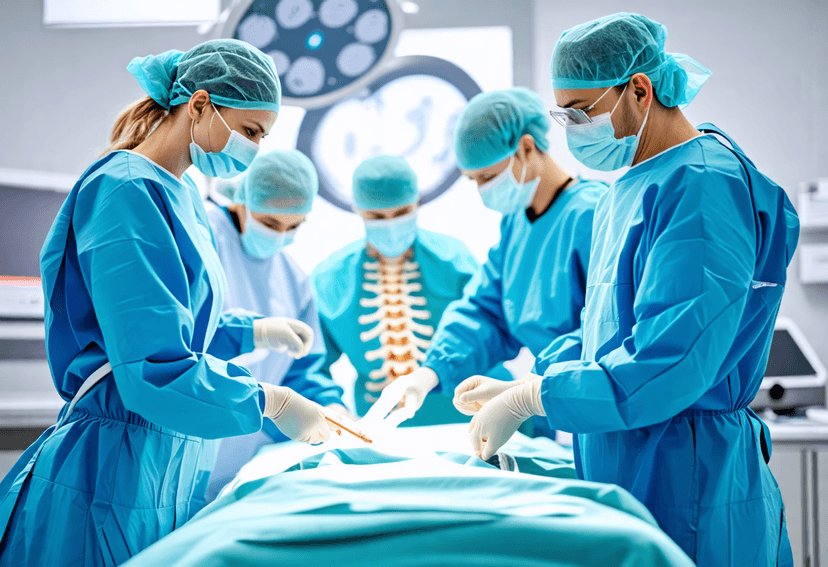
Scoliosis and Spine Surgery: What You Need to Know
Understand the relationship between scoliosis and spine surgery.

A comprehensive guide to Scoliosis Surgery in India
Struggling with scoliosis and seeking effective treatment? Scoliosis causes spine
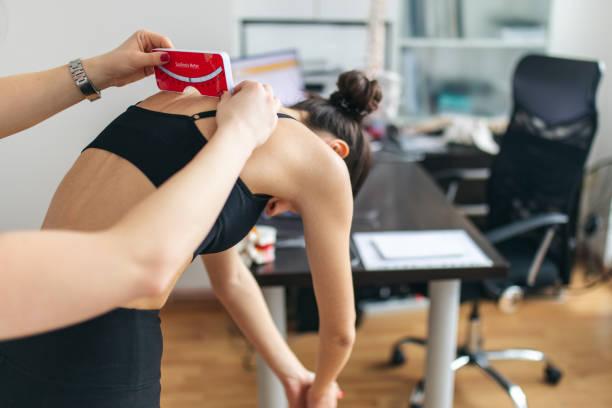
Scoliosis Surgery Recovery: Exploring 5 Key Aspects
Embarking on the journey of scoliosis surgery recovery can be
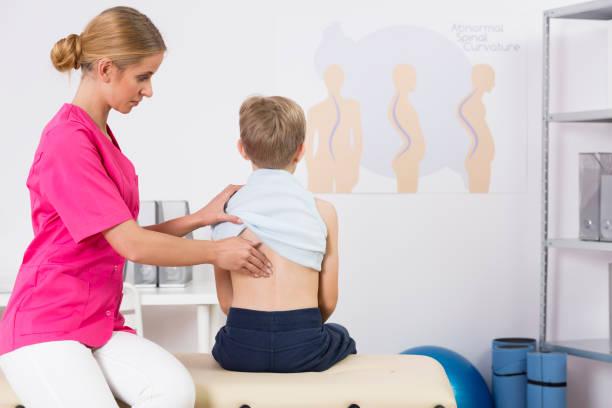
How to Recognize the Symptoms of Scoliosis?
Scoliosis, a condition where the spine curves sideways, is most

Spinal Cord Deformities: Surgery and Solutions
Spinal cord deformity refers to abnormal curvatures or misalignments of
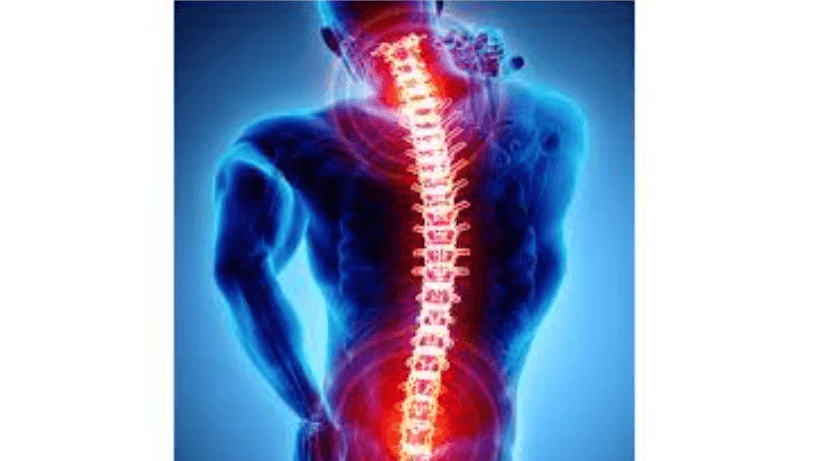
Types of Spine Surgeries and their Implications
Several questions haunt us regarding spine surgery, ranging from, whether







